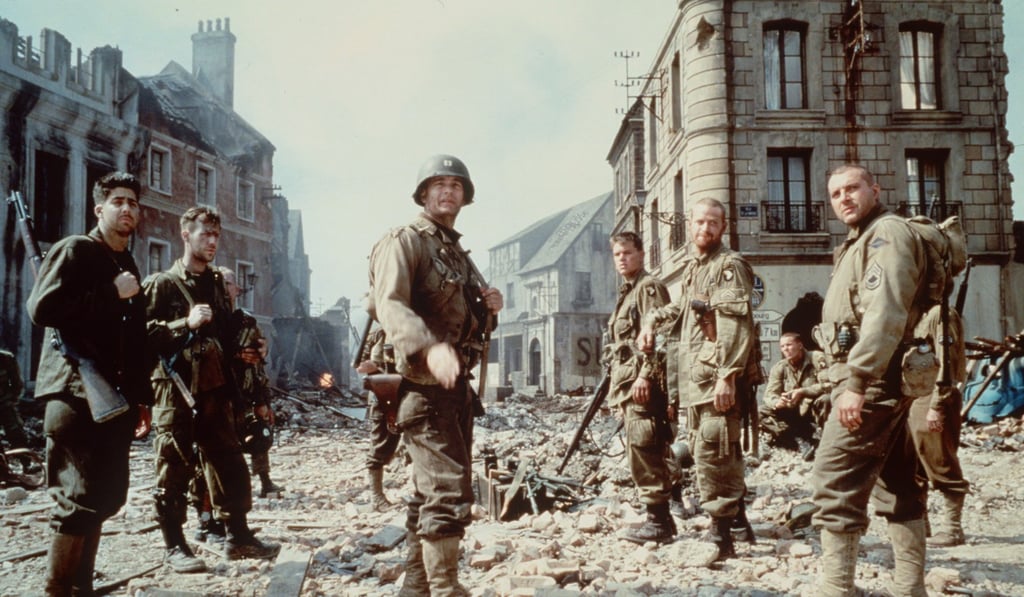How Saving Private Ryan and a wedding video nearly brought marathon Hong Kong jury trial to a juddering halt with a verdict just hours away
- Juror had illicit electronic device and used it to watch films
- Action sparked fear among judge and lawyers that trial, which had spanned more than four months and was expected to cost tens of millions of dollars in legal fees, could be compromised

Having spent five consecutive days in isolation, nine jurors returned to a Hong Kong courtroom late last month to return verdicts on one of the most significant events in the city’s recent history.
They had to determine the fate of four men, including pro-independence activist Edward Leung Tin-kei, after hearing more than 70 days of evidence which prosecutors said would prove the quartet took part in a riot that rocked Mong Kok, a popular shopping district, during Lunar New Year in 2016.
But their days of deliberation behind closed doors had nearly come to nothing as an incident on March 22 left court staff, lawyers and the judge all wondering whether the jurors’ judgment had been clouded and their verdicts tainted.
The Post can now reveal the fiasco, after presiding judge Mr Justice Albert Wong Sung-hau lifted a reporting ban that had been in place for the past two weeks.

In Hong Kong, as in other parts of the world, jurors are placed in strict isolation until they have reached a verdict, to avoid them seeing or hearing anything to do with the case that could affect their judgment. That means staying in the court building itself.